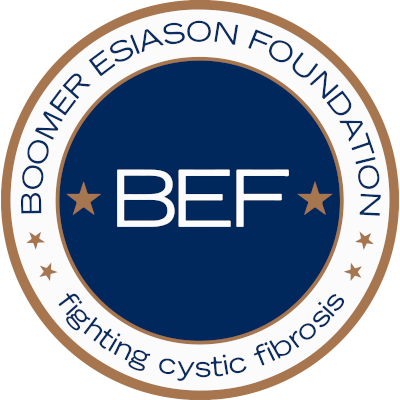Source: www.nytimes.com (a version of this article appeared in print on November 4, 2011, on page A22 of the New York edition)
26 Miles, Each One an Affirmation
by Jim Dwyer
At age 6, lunatic-boy-age, Kevin Dwyer was running around backstage at his ballet class and banged his head on a cinder-block wall. The puddling blood from the gash froze the other kids and their parents.
His mother, Dorothy, quietly asked him if he was O.K. and then led him off for stitches. A day later, he was back at ballet class. “One of the other moms said to her, ‘You were so calm,’ ” Mr. Dwyer, now 39, said Thursday. “She said: ‘It’s my seventh kid. I’ve seen this before.’ ”
And not only bumped heads. That year, the family, who lived outside Boston, learned that Mr. Dwyer, the youngest, had cystic fibrosis, a chronic disease that clogged his lungs. At the time, people with the disease were thought to have a life expectancy of about 17 years, and that was with a demanding regime of therapy. The Dwyers were too familiar with it: Kevin was the fourth of the children to have cystic fibrosis.
The news barely registered with him. He had pestered his mother to take him to ballet classes after seeing “The Nutcracker” as a first grader on a class trip, and when she assented, he kept going back. “I was good at it,” he said. “It wasn’t the same thing that other people were doing.”
At the start of high school, he had to choose between baseball and dance, and decided that he would never have the size to be a professional ballplayer.
He came to New York for a summer camp with the School of American Ballet at Lincoln Center. “I was 13, and thought, ‘Oh my God, New York City is amazing,’ ” he said. “It was the first time I was in a class where everyone was really good. You had 25 boys in the room, instead of what I was used to, 30 girls and two boys. So there was a lot of competition.”
His schedule at home included four ballet classes a week, and clinic visits for percussive thumps on his back to loosen mucus. Healthy lungs are protected from infection by a thin layer of mucus that the body dilutes and flushes out. That dilution process is broken in people with cystic fibrosis. Instead, the mucus thickens and lodges in the lungs, making them vulnerable to infection. In time, it leads to scarring and erodes the ability to deliver oxygen.
As a teenager, Mr. Dwyer emerged as one of the top young dancers in the country and was invited to attend the School of American Ballet year-round. His mother and his father, Robert, sent him to live with an uncle in Teaneck, N.J., where he took regular high school classes in the morning; he danced all afternoon in Manhattan.
New therapies were coming along, including an inhaled drug that he was supposed to take every day. He didn’t. “I’m normal; what are you talking about?” Mr. Dwyer remembered thinking. The disease was a secret. “I was in high, peak performance,” he said. “I did not tell people that I had it, for fear that they wouldn’t give me jobs. Literally, my closest friends did not know.”
He never coughed during a performance. He spent a year with the Pacific Northwest Ballet and then joined the Pittsburgh Ballet for four years. During a class break, he coughed and tasted something strange. He spat out blood in a bathroom sink. “That’s when it got real to me,” Mr. Dwyer said. He was 21 and began to take better care of his lungs.
Dancing, he broke bones, tore cartilage, strained his back. At 26, he quit and moved back to New York, where he now works as an editor.
Two years ago, he cheered on a dance buddy who was running the New York City Marathon. Last year, he went back and noticed the causes that runners listed on their T-shirts. One woman wore a shirt for Team Boomer, a program started by the retired quarterback Boomer Esiason to support cystic fibrosis research. “She was doing it for me, indirectly,” Mr. Dwyer said. “I had tears in my eyes.”
In the spring, he and his girlfriend, Katie Kolb, began training. “I couldn’t do a mile at the beginning,” said Mr. Dwyer, who has no known relation to me. “But your body adapts.”
He is running to raise money for Team Boomer and has chronicled it in a lively blog, Kevin Running. When he goes out this Sunday, he will have lung capacity of 58 to 60 percent.
“I can beat this, in one little way,” he said. “For at least one day, I can beat it. We’ve trained at 11-minute miles, but I think we will go kind of slow, maybe 11:45 or 12 minutes, so I can take everything in. Take everybody in. Make it a celebration.”
